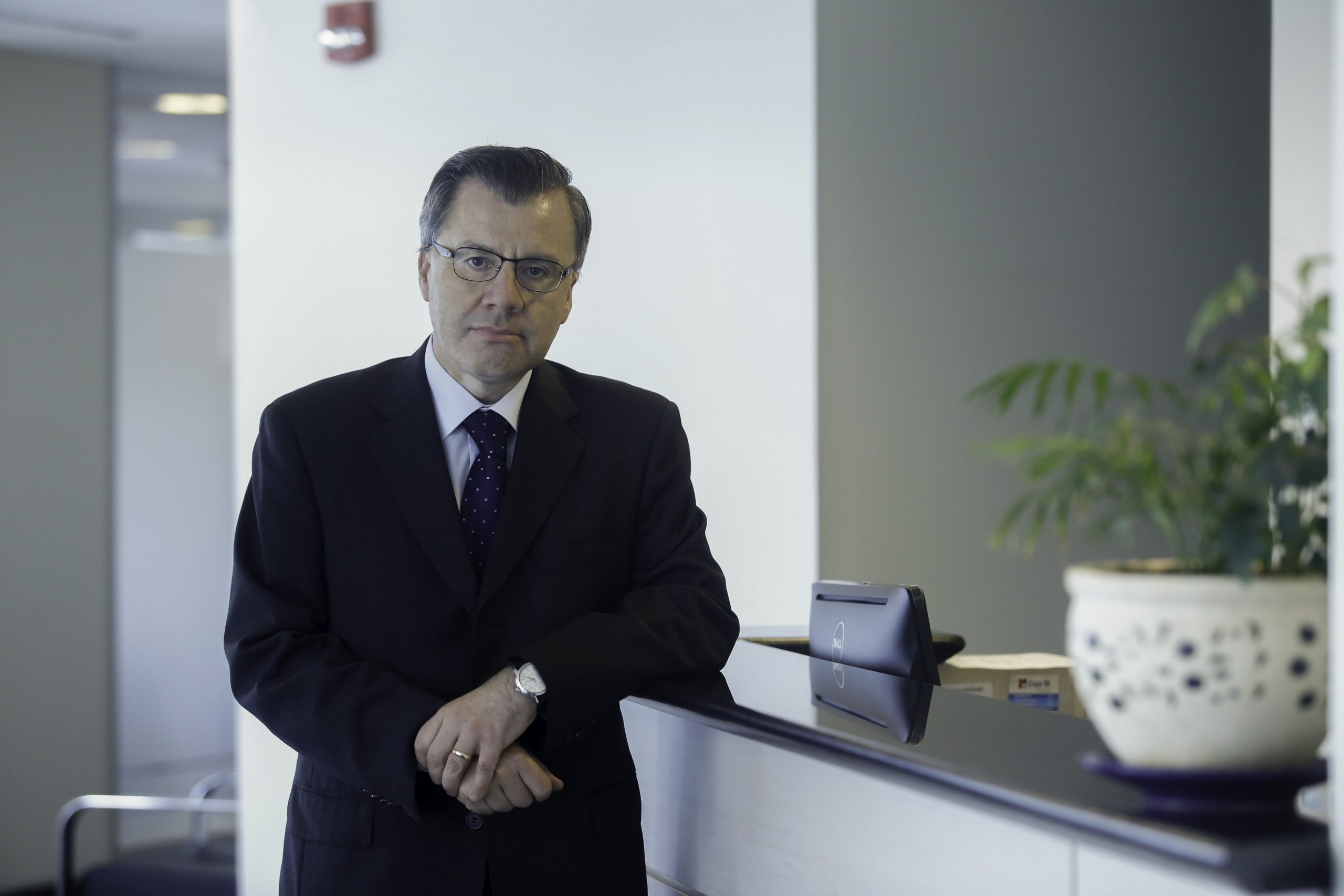Crece el interés del inversor particular por la ISR, pero esperan más información y rentabilidad
| Por Beatriz Zúñiga | 0 Comentarios

El estudio llevado a cabo por Kantar en nombre de BNP Paribas Asset Management, por segundo año consecutivo, revela las actitudes de los inversores particulares europeos frente a la inversión socialmente responsable. La encuesta en la que se basa se realizó en diciembre de 2018 durante la conferencia COP 24 y sondeó a 5.000 inversores particulares de Alemania, Bélgica, Francia, Italia y los Países Bajos con un patrimonio superior a los 50.000 euros.
Una de las conclusiones que arroja el informe es que es la percepción y el interés del inversor particular ha aumentado un 5% en el último año. De hecho el 64% de los encuestados reconoció que está dispuesto a invertir parte de sus ahorros en fondos ISR. Aún así, según los responsables del informe, el volumen de inversión todavía es bajo: tan solo entre el 5% y el 7% reconoce haber invertido en esta clase de fondo.
Pese a que este porcentaje es bajo, a percepción de que la situación cambie es alta, ya que el 46% de los encuestados afirmó que le gustaría recibir más información sobre fondos ISR, en concreto los inversores de Italia y Alemania fueron los que más interés mostraron. Otro dato muy significativo que desvela el informe es que el 64% afirmó que quiere recibir soluciones sostenibles, lo que supone un punto de entrada para las firmas de inversión.
Para poder desarrollar todo el potencial posible de este tipo de inversión, es importante comprender dónde ponen el foco los inversores. En este sentido, el estudio muestra que la seguridad y la rentabilidad siguen siendo los criterios más importantes a la hora de tomar una decisión. “Los criterios como las características éticas, sociales y medioambientales de las inversiones, con un 16%, todavía se consideran secundarios.Dentro de la inversión sostenible, las cuestiones medioambientales y climáticas son los criterios más importantes para un 28% de los encuestados, por delante de los aspectos sociales y relacionados con los alimentos”, apunta en sus conclusiones.
El freno al que se enfrenta este tipo de inversión es el escepticismo sobre su rentabilidad. Solo un 19% de los encuestados cree que la ISR puede ofrecerle un retorno equivalente a las inversiones tradicionales. Además, la falta de información tampoco ayuda a que esta confianza aumente. Por eso, para el 46% de los inversores europeos los asesores financieros deberían de ser la fuente de información experta que les acerque estos productos, más allá de la información reciben de los medios de comunicación.
“El panorama de crecimiento para la inversión sostenible es considerable y hemos visto un aumento significativo de la demanda. No obstante, todavía queda mucho por hacer para reorientar el pensamiento de los inversores particulares hacia un enfoque más centrado en la ISR y dar a conocer en mayor medida cómo pueden contribuir a un futuro mejor a través de esta modalidad de inversión. La necesidad de construir un mundo sostenible es más apremiante que nunca. En línea con nuestra Estrategia de sostenibilidad global lanzada en marzo, continuaremos fomentando soluciones de ISR e informando a nuestros clientes, sobre todo, en lo que respecta a la rentabilidad”, afirma Sol Hurtado de Mendoza, directora general de BNP Paribas Asset Management para Iberia.











